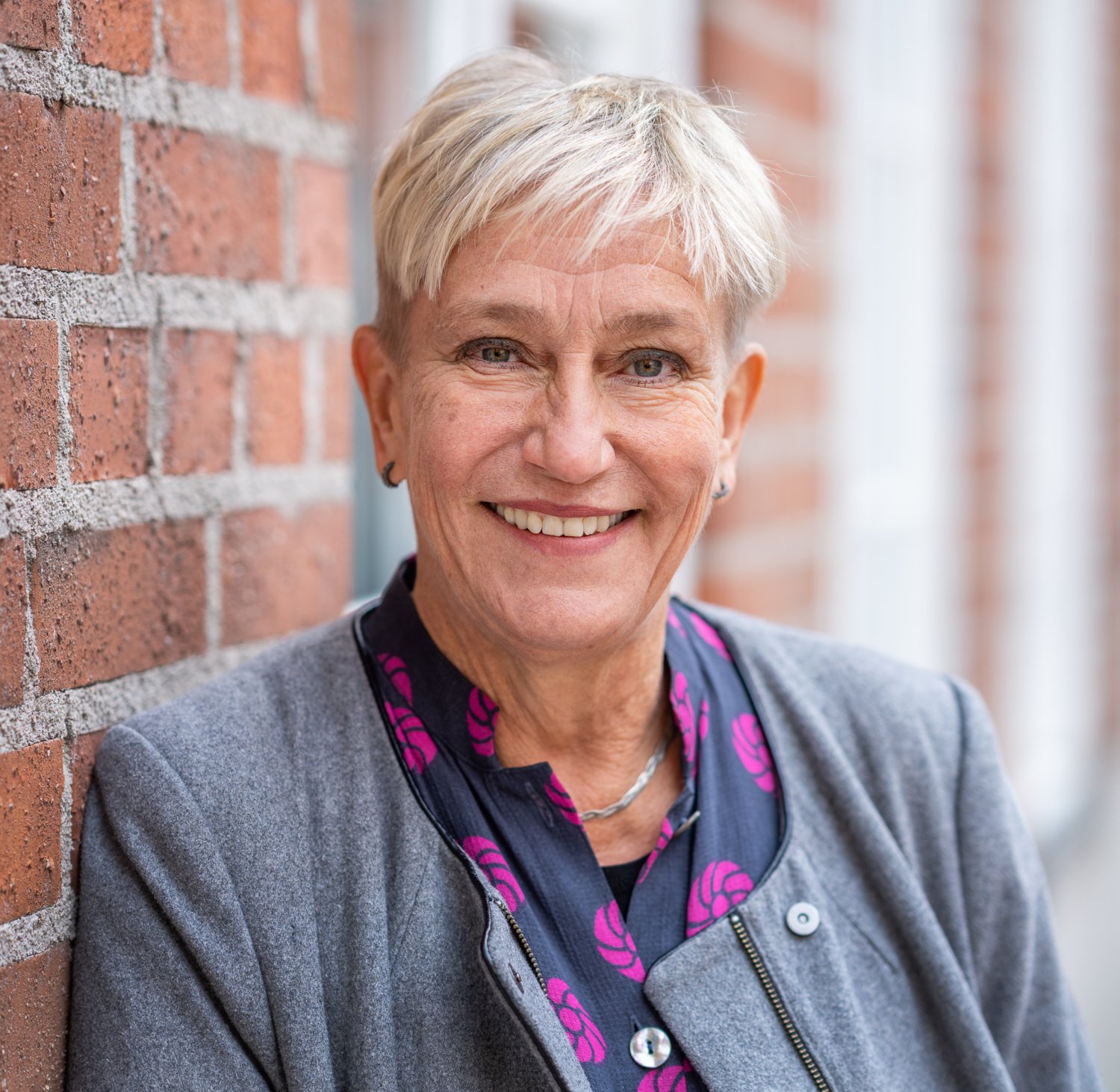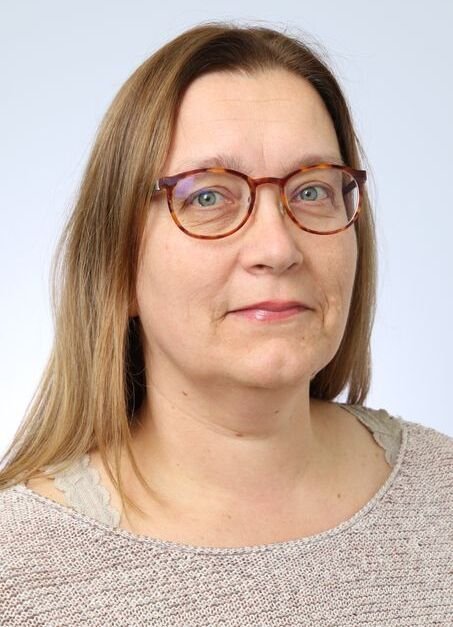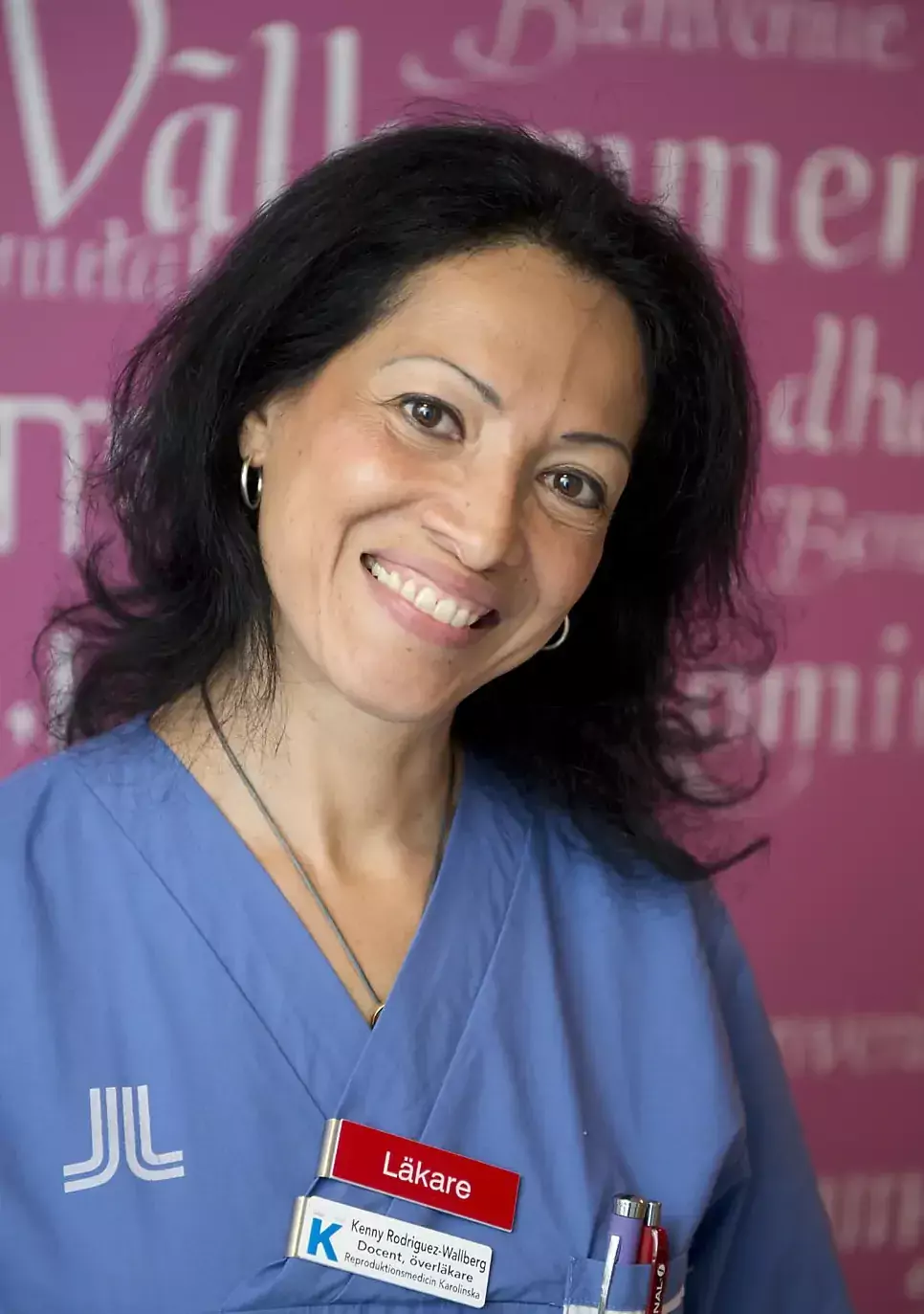Through a new call form, the Swedish Childhood Cancer Fund is funding two research programmes that will look at different types of unwanted side effects, primarily from chemotherapy. Precision medicine and the opportunities offered by the development of biomarkers are common to the two programmes, which are led by KI researchers Susanna Ranta and Kenny Rodriguez-Wallberg, respectively, and which now share SEK 19 million over four years.
Today, there are more than 12,000 people in Sweden who have survived childhood cancer, according to the Swedish Childhood Cancer Fund.
At the same time as survival rates in childhood cancer have increased, it is becoming increasingly clear that this comes at a price in the form of various complications caused by chemotherapy, radiation or surgery, the three methods that constitute the pillars of today’s cancer care.
Today, seven out of ten people treated for childhood cancer suffer from late side effects. A third of these are serious, sometimes life-threatening.
Late side effects refer to more or less permanent changes that persist or occur after treatment has ended.
For example, infertility, impaired growth, hearing and vision impairments, balance disorders, brain fatigue or learning difficulties.
Initiative with three focus areas
The Swedish Childhood Cancer Fund now wants to strengthen research in this area. Part of the initiative is a special call in the area that will stimulate collaboration across competence and regional boundaries.
The first call had three focus areas, cognitive side effects, cardiovascular diseases and fertility, and it has now been decided which two research programmes will be funded in this year’s call.
What they have in common is that both programmes, which consist of several sub-projects, will use genetic analyses to better understand which children are at higher risk of being affected and search for biomarkers that can help adapt treatment to the individual to reduce harmful effects.

“By being able to obtain more genetic information about the child with cancer at the time of diagnosis and whether they have an increased sensitivity to chemotherapy or radiation, we hope to be able to design an individualised treatment that results in fewer complications,” says Britt-Marie Frost, head of research at the Swedish Childhood Cancer Fund.
Tailor-made treatment for ALL
One of the projects that is now receiving funding wants to reduce the risk of neurocognitive complications after ALL treatment, acute lymphoblastic leukaemia.
ALL is the most common form of childhood cancer and involves treatment, more or less continuously with chemotherapy for just over two years.
Depending on how the disease responds to treatment and what genetic abnormalities are found in the leukaemia cell’s genes, the children are divided into different risk groups that control the treatment.
A few children may also need stem cell transplantation. The intensive treatment leads to almost half of the children, regardless of risk group, suffering from some form of neurocognitive problem.
Susanna Ranta wants to change this through the research programme that is now being launched.

“We will search for the best clinical and biological biomarkers to find risk populations and to be able to follow response to cancer treatment. With the help of these, we will then design a treatment study for high-risk patients to prevent or reduce serious side effects,” says project leader Susanna Ranta, adjunct professor at the Department of Women’s and Children’s Health, Karolinska Institutet, and senior consultant at Karolinska University Hospital.
The goal is for the research to lead to more individualized treatment and better quality of life for the survivors.
Collaboration with 12 countries
The project, called BRAIN, is an approved sub-study within the ongoing international leukaemia protocol ALLTogether, which means that many countries will participate in the study.
“We already have 12 different countries that will participate in the project and we will also collaborate with other projects within ALLTogether, including one that studies how genetic congenital variations affect the risk of various complications,” says Susanna Ranta.
The project will also build an international clinical database and biobank for childhood leukaemia for future research.
Risk factors behind reduced fertility
One type of late complications that can affect children who are treated with chemotherapy or radiation is damage to the germ cell-producing organs, ovary and testicle (gonads), which in turn can lead to disturbed puberty, premature gonad failure and premature menopause.
Disorders that can make it more difficult to have children of your own in adulthood.

“We already know that certain types of chemotherapy are linked to a higher risk of fertility effects, but that not all individuals are affected in the same way,” says project manager Kenny Rodriguez-Wallberg, researcher at the Department of Oncology-Pathology, Karolinska Institutet, and senior physician at Karolinska University Hospital. “Therefore, we want to find methods where we can identify high-risk groups in order to be able to adapt treatment better in the future and thus reduce the risk of complications.”
The primary goal of the project is to identify and validate clinical and genetic biomarkers of chemotherapy-induced gonadotoxicity, i.e. damage to the germ cell-producing organs, ovary and testicle.
Precision medicine treatment
The study will contribute to the identification of individuals with a high risk of late toxicity, a prerequisite for precision medicine.
Researchers from, among others, Sahlgrenska Academy, Uppsala University Hospital, Lund University, Tartu University, Estonia, and Rigshospitalet, Denmark, are participating in the project.








